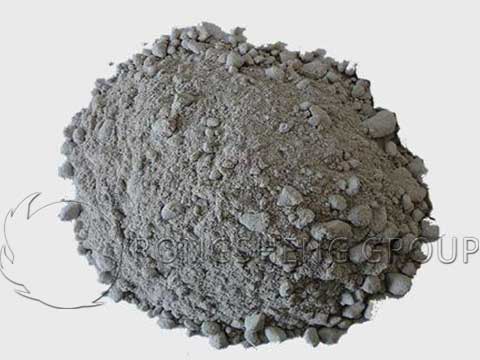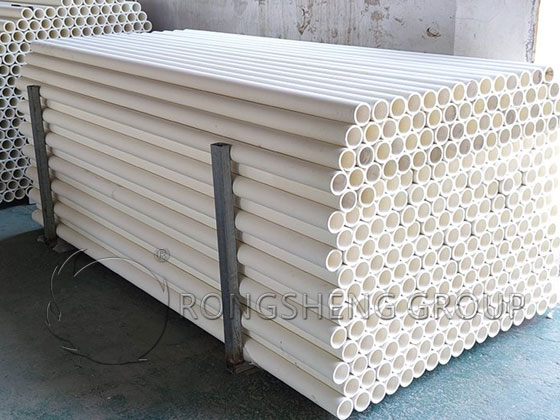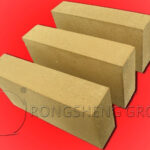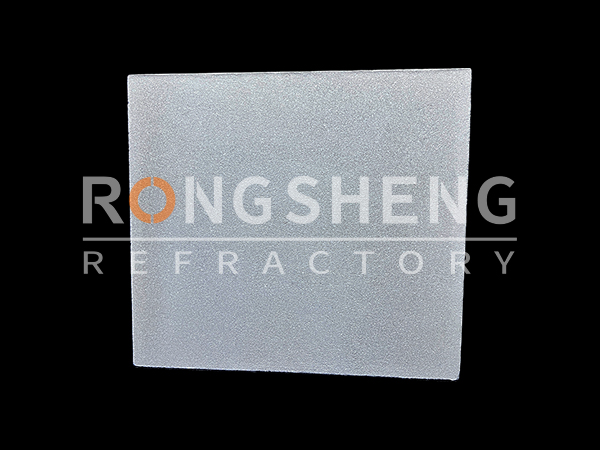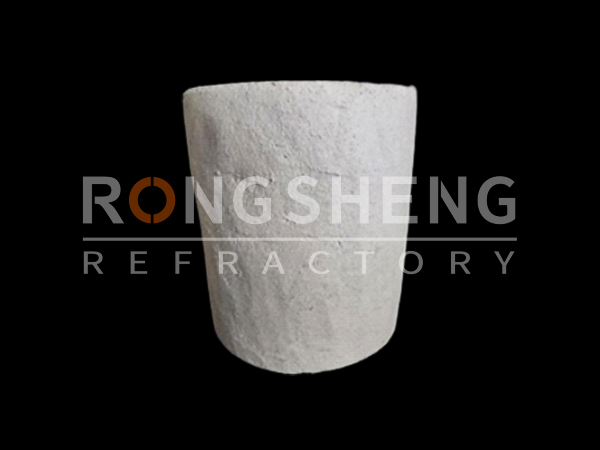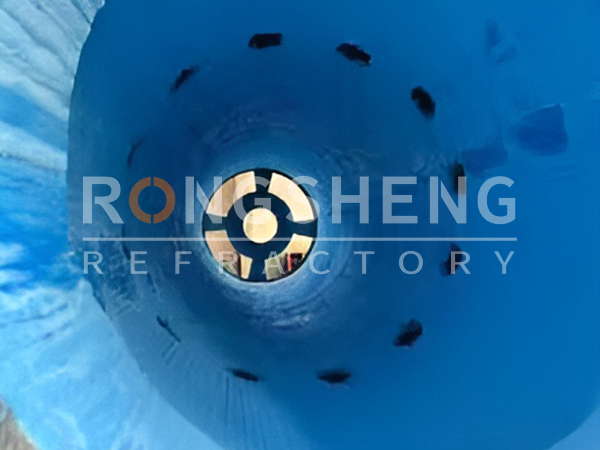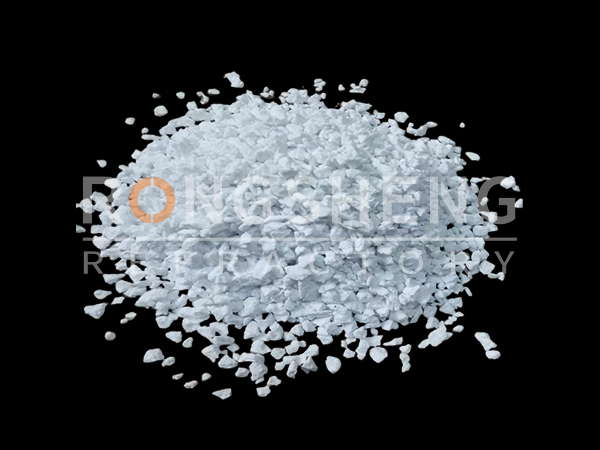Aluminum Reduction Cell Refractory
Aluminum Reduction Cell Description
Aluminum reduction cell is the core equipment for the production of electrolytic aluminum. Aluminum reduction cells are usually rectangular steel shells, with carbon bricks inner linings. Carbon anode suspends in aluminum reduction cell, while carbon cathode locates at the bottom. Molten Cryolite, aluminum fluoride, lithium fluoride and so on are usually used as electrolyte. Al2O3 is smelted at 970℃ and electrolyzed into metal aluminum at bottom cathode and oxygen at anode, oxygen can react with carbon anode and produce CO2 or CO. The heat released by electrochemical reaction can keep aluminum and aluminum reduction cell molten state, aluminum liquid is discharged from reduction cell at intervals, and some quantity of alumina and cryolite are added into the cell. Electrolysis temperature is kept between 900~1000℃.
Aluminum Reduction Cell Cathode Refractory
Refractory materials used in aluminum reduction cell cathode should have good electricity conductivity and good cryolite, NaF and aluminum liquid corrosion resistance. The bottom working lining of aluminum reduction cell is formerly lined by carbon block, but it can react with sodium and form new compound, the working lining’s structure becomes loose, mechanical strength deceases, and crack also appears in the carbon blocks. Electrolyte and aluminum liquid can permeate into carbon block through the cracks, and react with carbon to form Al4C3, which causes the further expansion of carbon block cracks, and finally leads to the severe corrosion of inner lining and the deformation of aluminum reduction cell shell. Therefore, amorphous carbon bricks are gradually replaced by semi graphitized carbon bricks or graphitized carbon bricks.
Aluminum Reduction Cell Side Wall Refractory
The damage reasons of aluminum reduction cell side wall inner lining are air caused material oxidization, high temperature molten cryolite, NaF and aluminum corrosion, moving molten liquid scouring and erosion, temperature fluctuation and thermal expansion caused thermal stress.
Amorphous carbon blocks and graphite carbon blocks are used to mason the side wall of aluminum reduction cell, the lethal defect of carbon based refractories is bad oxidization resistance and low mechanical strength. To prevent oxidization, and keep relatively large electric resistance, SiC refractory materials are gradually developing, among them, silicon nitride bonded silicon carbide bricks have the best application effect. The advantages of silicon nitride bonded silicon carbide bricks are: excellent high temperature mechanical performance, good thermal conductivity, easy to form condensed slay at inner side, large electric resistance, can reduce side way electricity loss, good oxidization resistance, won’t react with aluminum liquid, cryolite and other molten body, can large scale reduce lining bricks thickness and increase reduction cell volume. For example, the carbon bricks lined side way thickness is about 200~400mm, while the thickness of silicon nitride bonded silicon carbide bricks lined wall is only 75mm.
Silicon Nitride Bonded Silicon Carbide Bricks Physiochemical Index
| Item | Standard value | Tested value |
| SiC % | ≥72 | 73 |
| Si3N4 % | ≥21 | 23 |
| Si % | ≤1.0 | 0.3 |
| Fe2O3 % | ≤1.0 | 0.4 |
| Apparent porosity % | ≤17 | 15 |
| Bulk density g/cm3 | ≥2.65 | 2.70 |
| Cold crushing strength Mpa | ≥150 | 220 |
| Modulus of rupture Mpa(1400℃,0.5h) | ≥53 | 65 |
| Thermal conductivity w·(m·K)-1(1000℃,2h) | ≥17 | 18.5 |
Aluminum Reduction Cell Bottom Blockage Layer
During electrolytic aluminum production, Na and NaF vapor, liquid can permeate into insulating lining from bottom cathode materials. So the thermal conductivity of insulating lining will increase and correspondingly decrease aluminum reduction cell thermal efficiency, the working atmosphere will degenerate till the damage of reduction cell. A new type of dry impervious material can be paved between cathode refractory and insulating lining, it can not only prevent the permeation of electrolyte but also has good heat preservation performance.
Dry Impervious Material Physiochemical Index
| Item | Dry impervious material |
| (Al2O3+ SiO2) % | ≥90 |
| Refractoriness ℃ | ≥1630 |
| Bulk density g/cm3 | 1.60~1.65 |
| Thermal conductivity w·(m·K)-1(400℃) | 0.40 |
| Thermal conductivity w·(m·K)-1(600℃) | 0.47 |
